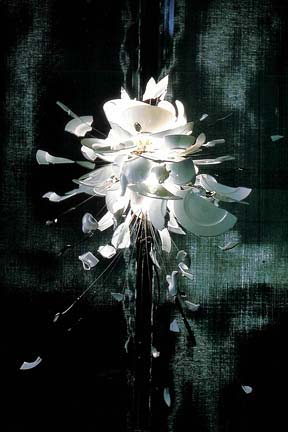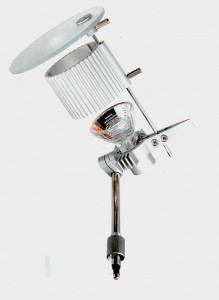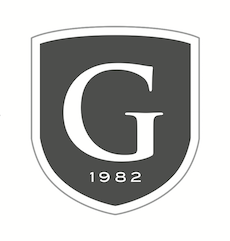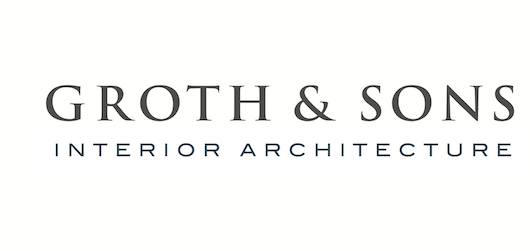Lamps and luminaires.
In any interior scheme lighting design is probably the most difficult concept to understand so before we jump into the “How To” part let’s have a quick overview of some of the different type of lights that are available.

Incandescent lamps: Tungsten GLS (general lighting service). This is the standard bulb in most table and wall lamps. Electricity passes along a tungsten filament heating it so a mixture of light and heat is produced, resulting in a warm, inviting light. Available in candle shaped bulbs for use in chandeliers. The filament is a coiled coil, in glass bulb filled with inert gas such as Argon for longevity of the filament. They are available in 25 watts – 150 watts in clear glass and also come in pearl glass which has a silica coating to create a softer light. They have two types of bases, bayonet cap (BC) or Edison screw (ES). They offer very good colour rendering with warm light emission of approximately 2,000-2,500 Kelvin. Incandescent lamps are inexpensive to purchase but have a low efficiency, a short life of between 700-1,000 hours and a low lumen output. Mainly residential use, effective evening light but can look unnatural and insipid during the day.
Tungsten halogen: Mains or low voltage. Consisting of a tungsten filament in a glass tube filled with halogen gas to stop breakdown of filament. They have an integral dichroic reflector, which focuses its light in a number of beam widths. The diachronic nature of the reflector directs light forward and draws some heat back, creating a concentrated, cooler beam of light. They are available in 70W, 100W, 150W, 300W, 500W. Single -ended versions can replace GLS bulbs, and create a daylight effect. Double-ended lamps are used in wall lights as uplighters and for exterior spotlights and offer very good colour rendering. Tungsten are more expensive than incandescent, however has a lifespan of about double that of incandescent. Colour temperature is cooler than incandescent and have a high heat emission. They do provide good luminous flux, which is measured in Lumens and is essentially a measure of the intensity of illumination on a surface and have a good directional light output. 12v- extra low voltage halogens require the use of transformers to decrease capacity of electrical energy. The advantage of 12v is that a much smaller filament can be used, resulting in a more discreet light source. These are used extensively in residential projects for accent, task and decorative lighting and are the preferred choice for display ( feature lighting) and restaurant –table lighting because of its cool, almost white light.
Fluorescent: gas discharge lamps (gas molecules inside lamp) Low pressure sodium – street lamps, High- pressure sodium – auditoriums and shopping Centre’s. These are more expensive than tungsten halogen but have a much higher lifespan, up to 10 times. They have low heat emission and good lumen output -10W is about the equivalent of 60W incandescent. Approximately 5,000 Kelvins- ultra violet end of spectrum. High efficacy. Have phosphorous coating on inside. The newer T5’s or Tri- phosphor as they have three separate coatings, offer a much better colour rendering, they are close to day light. They are available in strip lights and compact lamps. The compacts can be interchanged with GLS bulbs, however care must be taken as they are currently non dimmable.
Metal Halide: belonging to fluorescent family, they offer a very cool crisp white light and have good to very good colour rendering. This Intense light source is good for feature lighting as it very good lumen output. They are quite expensive but can use the same fittings as halogen lamps. The Wattage varies from 100W – 500W and have a long restart time (can be up to ten minutes) and are not easy to dim, so mainly used in commercial situations, although sometimes used in gardens to light up large trees. They offer a Cool white light which is approximately 4,500 Kelvins.
Fibre optics: the use of which is becoming more widespread. In essence, this source uses a remote light box. Light is focused one end of a bunch of individual glass fibres, and transmitted down these fibres to emit at the other end. Very good for the lighting of sensitive items as no heat or ultra violet (UV) is emitted. Useful for providing light in areas where access is problematic, as the source is remote, and therefore, easier to maintain. The source can be either metal halide or tungsten halogen, depending on the power required.
LED: Light Emitting Diode. Cool, 5,500 Kelvins, virtually no heat dissipation. No ultra violet radiation. Very small power draw, approximately 1W per bulb. Small fittings, good accent lighting. 110 transformers required. Very expensive however very long lifespan approximately 30,000hrs. They are very much the light of the future as incandescent become phased-out of production and are starting to come down noticeably in cost too.
Luminaries

Spot lights: whether they are up lights, down lights or spot lights, they have a very directional light and care has to be taken with regards to unnecessary glare from surfaces on which they reflect and are used forboth residential and commercial situations. They are dimmable, can throw dramatic shadows and have a variety of beam angles. luminance is poor over a distance of more than three meters.
Table lamps and floor lamps: are used primarily for accent and task lighting. They are available in numerous sizes and materials and create very intimate and directed light. They can, and should be, dimmable and can be used with diffusers for a much softer light.
Suspended lights: Ceiling mounted lights give off an even spread of light, although not very directional and often rather non-flattering. They are better used in conjunction with other light sources and should be dimmable. They Come in many varieties and usually quite decorative. Used for residential and commercial situations.
Wall lights: Surface mounted or recessed, can be used in residential or commercial situations and can offer very dramatic lighting solutions. Suitable for lighting passage ways.
Glossary
Color Temperature (Correlated Color Temperature – CCT) ” white and bluish-white (“cool”) sources, such as cool white (4100K) and natural daylight (6000K), have higher color temperatures. The higher the color temperature the whiter, or bluer, the light will be. “A number indicating the degree of “yellowness” or “blueness”of a white light source. Measured in kelvins, CCT represents the temperature an incandescent object (like a filament) must reach to mimic the color of the lamp. Yellowish-white (“warm”) sources, like incandescent lamps, have lower color temperatures in the 2700K-3000K range.
Efficacy: A measurement of how effective the light source is in converting electrical energy to LUMENS of visible light. Expressed in LUMENS-PER-WATT (LPW) this measure gives more weight to the yellow region of the spectrum and less weight to the blue and red region where the eye is not as sensitive.
Kelvin: A unit of temperature starting from absolute zero, parallel to the Celsius (or Centigrade) scale. 0C is 273K.
Amos Groth is an experienced lighting designer based in Sydney. For more advice please contact Groth & Sons on 0419 408 988.
Read more: Lighting design-Part 2




